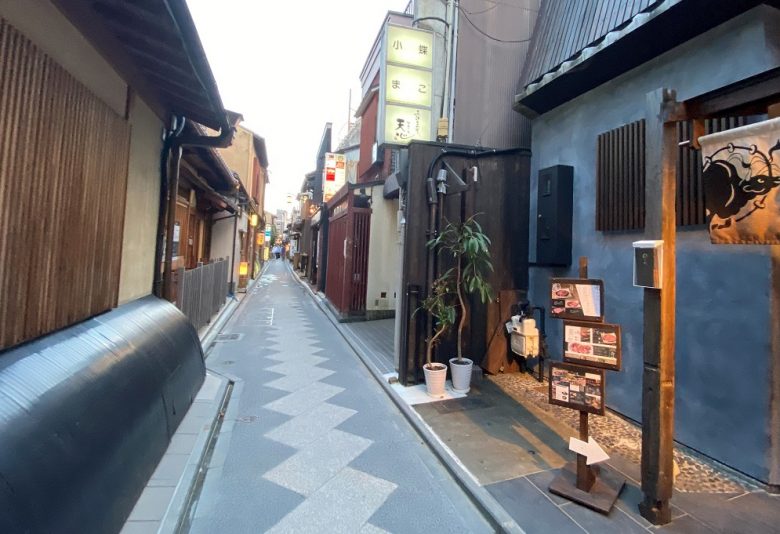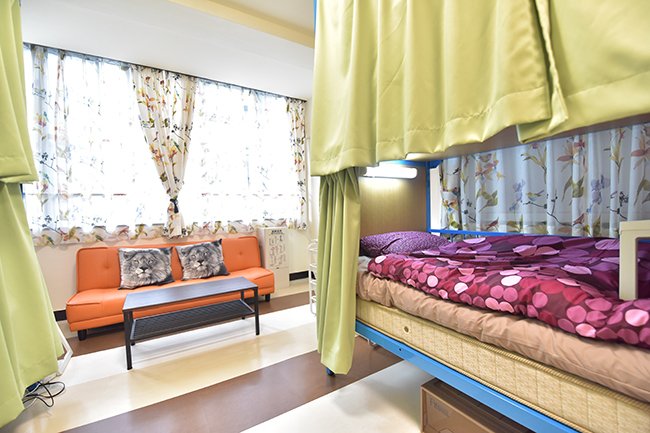
Ikezu-ishi, malicious stones or thoughtful simplicity?
While enjoying life in Kyoto as a Japanese language students, university student, foreign worker, intern or just as a traveler, there shall be many particular aspects of the city appearing as days go by. Having been the old capital of Japan for so long, it makes sense that this compact city (in comparison to Tokyo for example) has adopted many particular customs. One that is noticed while walking around the the narrow Kyoto streets, and particularly for those riding around the city by car, are the stones that appear at some of the street corners.
Are they on purpose? Who put them there? Is there any religious purpose to it?
We take a look at these unique stones and their history on this Sakura Tip.

“Ikezu-ishi” is composed of two words, “ikezu”, meaning “malicious” in Kyoto dialects, and “ishi” meaning rock in standard Japanese. Therefore we can begin by stating that these rocks purpose are actually malicious (particularly city taxi drivers may agree).
However, the origin seems to be just an act of defense by the owner of houses located on the street corners as well as a safety measure for everyone.
These stones of about knee high tall, can be seen in other areas of Japan as well, but they seem to be much more in Kyoto city with an estimation of several thousands. The reason for this may be the streets grid pattern generating so many corners. This is quite fine in larger roads, but as many experienced travelers may know, Kyoto is well known for its narrow streets as well.

It is believed that around the Heian period, as many ox carts and wagons were rushing around the city carrying goods, more than once there have been accidents, not by the cart crashing into the corner house, but also of carts hitting a pedestrian or another carriage. By using this stone, the owner of the house can protect his property and also provide a safety alternative to the community by making the carts make a wider turn giving them the chance to see anyone or anything approaching their direction.

Interestingly, for any Japanese students reading this, the word “ikezu” (いけず) derives from the word “to go” (行く, iku) changing to its negative form in Kyoto dialect becoming “ikezu” (行けず), meaning “it is not possible to go any further than here”.
So next time you are planning your trip to Kyoto for a long term stay or a short term stay as well, make sure to contact our experienced multilingual staff to help you find your home in Kyoto, and don’t forget to look down while turning a corner to not trip on an ikezu-ishi.
SAKURA HOUSE
Nishi-Shinjuku K-1 Bldg. 2F
7-2-6 Nishi-Shinjuku, Shinjuku-Ku Tokyo, Japan
Postal code: 160-0023
Google map
- From Japan:
- 03-5330-5250
- From outside Japan:
- +81-3-5330-5250
- Mail:
- [email protected]
- Office hours:
- 8:50 am to 8:00 pm
We are open every day of the year.
- Tokyo time:
- 14:18(We are open now!)







